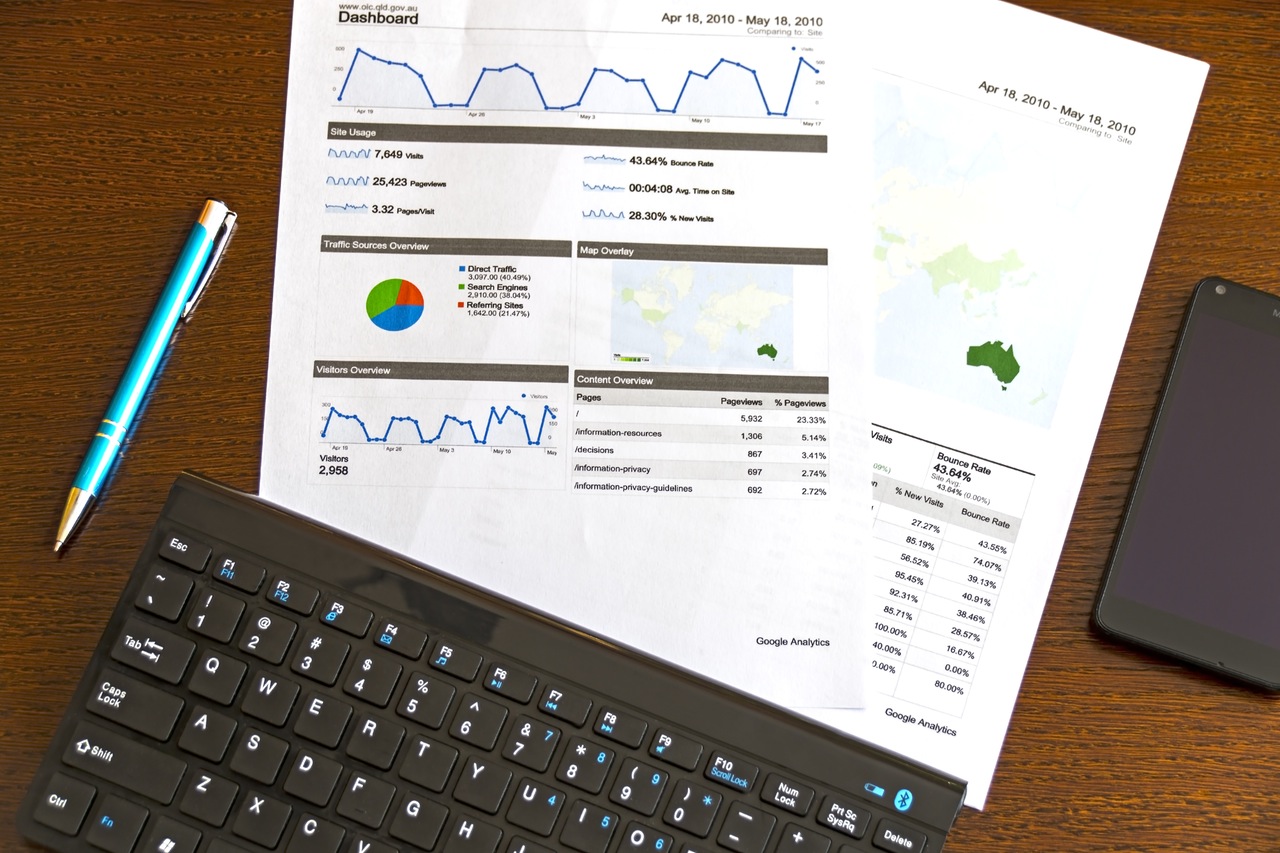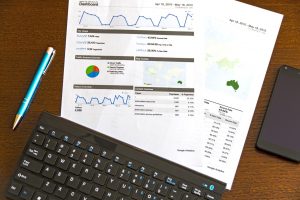As a finance major, people will sometimes ask me what interests me about that field or what my favorite thing about it is. The simple answer to that question is that I grew up outside of New York City and my mother and uncles worked in finance, so I was surrounded by financial and economic activity, and took an interest in it at an early age. When it came time to choose a major in college, I didn’t have to give it a lot of thought. Finance has been a passion of mine for a long time, so it was the natural choice.
If I were to give the more complicated answer to that question, I may lose anyone who doesn’t have a financial background, because some of the things I’m most passionate about with finance are not exactly common knowledge. So I thought I’d give a little crash course in one of my favorite areas of finance, futures trading. To make it simple, I’ve broken my little intro guide into sections that will hopefully provide a solid general overview of what futures trading is all about. This is part one of a four-part series on futures trading. At the conclusion of this series, my hope is that you’ll understand everything you need to know about this niche market.
Here is the breakdown of what this series will cover:
- Intro: What is futures trading?
- Leverage
- Risk
- Stops and rolls/conclusion
What is futures trading?
You probably understand the basics of stock market trading, and you can think of futures as a subcategory of the stock market. When the stock market closes at 4pm, however, there are still investors accumulating money in futures contracts. Futures are some of the oldest derivatives contracts, originally designed for farmers to allow for changes in the prices of crops between planting and harvest. A derivative is defined as “any financial instrument that derives its value from the price movement of another instrument,” according to Investopedia. The price of the derivative is determined by changes in the value of whatever instrument the derivative is tracking. Today, the futures market covers all types of assets, including energy, bonds, stocks, industrial metals, precious metals and commodities such as coffee, cotton, and orange juice.
One of the key differences between futures contracts and other stocks, besides having no inherent value, is that they have a finite lifespan. Unlike stocks, which exist indefinitely, futures contracts have set expiration dates. With futures trading, market direction and timing are even more important than regular stock market trading. You will need to have some basic understanding of how the futures market works in order to make an informed decision. Longer contracts obviously allow more time, but can be more expensive. Longer contracts can also become illiquid, meaning they cannot be sold or exchanged for cash without a significant loss in value. Another difference between futures trading and other types of investing is that futures trading usually involves more sophisticated trades whose outcomes depend upon the relationships between different contracts.
Next up, a lesson on leverage, a key concept associated with futures trading.

